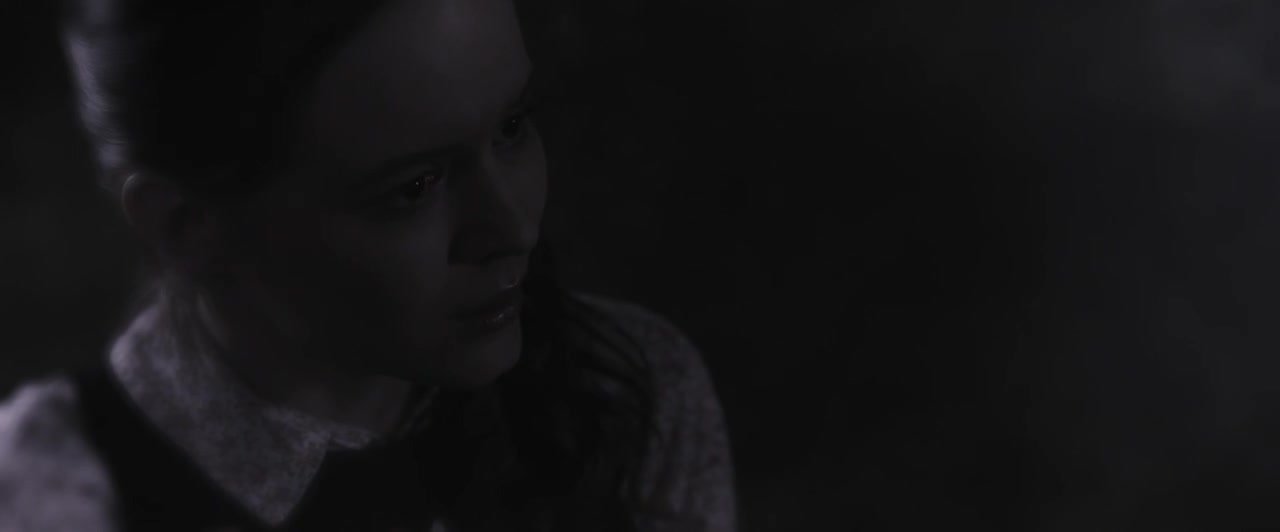

But in England, there’s a Level 3 apprenticeship as a photographic assistant. However, it can be challenging to find jobs as an apprentice with production companies as many are not able to take on people for a whole year, which is an apprenticeship requirement at the moment. UAL Diploma/Extended Diploma in Creative Media Production and TechnologyĪn apprenticeship is a job with training, so it’s a great opportunity to earn while you learn.UAL Diploma/Extended Diploma in Art and Design.BTEC National Diploma in Photography OCR Technical Diploma in Digital Media (Moving Image and Audio Production).BTEC National Diploma in Film and Television Production.If you want to go straight into a job or apprenticeship, the following qualifications Level 3 vocational qualifications are relevant: UAL Applied General Diploma/Extended Diploma in Art and Design.NCFE Applied General Certificate in Art and Design.BTEC National Extended Diploma in Creative Digital Media Production.BTEC National Diploma/Extended Diploma in Art and Design.Or you might want to take one of the following Level 3 vocational qualifications: If you want to go to university, take A-levels or Highers in a combination that includes art, art and design or graphic communication with maths and physics. Look at job profiles on floor runner and lighting trainee if you’re interested in those pathways. Others come up through the lighting department. Others become DoPs through being an assistant director first. Some start as a camera trainee and work their way up through the roles outlined above. This is a senior role and people come into it through a variety of routes. How do I become a director of photography? Who does a director of photography work with? Communication: ensure everyone in the team knows what’s expected, work closely with the grips and the gaffer, lead the team and resolve conflicts in situations that can sometimes be stressful.
Shot designer torrent how to#
Organisation: plan, know how to do things and how long it will take, get the right kit and crew, manage the budget, think about logistical and artistic considerations at the same time.Making decisions: think quickly, often under pressure.Editing knowledge: understand the post-production work flow, have a good eye for colour in the editing process.Technical knowledge of cameras: have an in-depth understanding of all motion picture equipment, cameras, lens, monitors and lights.Photography: have an eye for composition, know how to tell a story through a shot, understand camera and lighting techniques, know how to use them to affect emotions.What’s a director of photography good at?



 0 kommentar(er)
0 kommentar(er)
